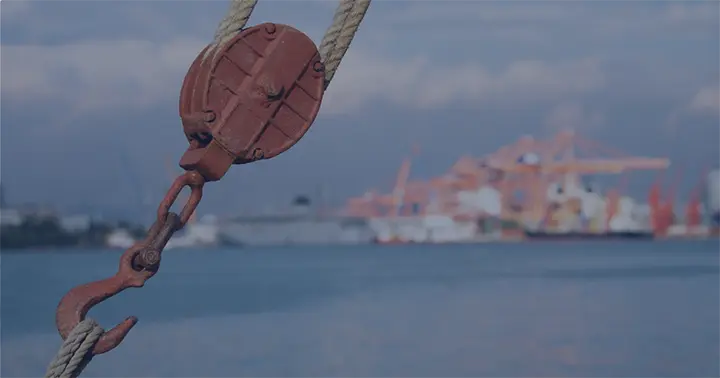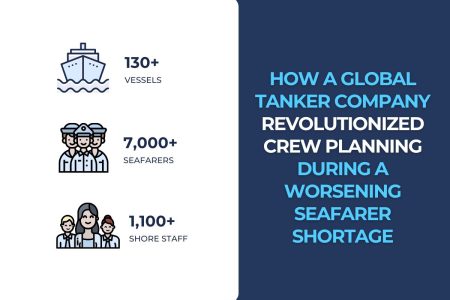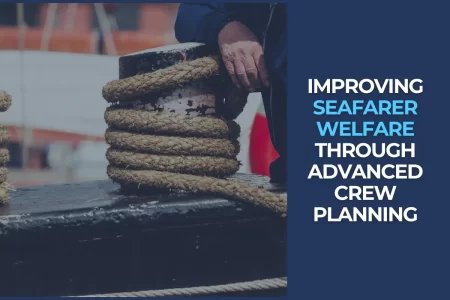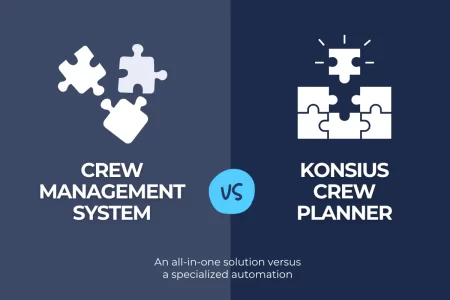
Artificial Intelligence (AI) is everywhere, changing industries with its ability to sort through data and automate complex tasks. In the maritime industry, which handles more than 80% of the world’s trade, AI is making significant impacts. A 2023 report from the European Maritime Safety Agency noted that AI could improve operational efficiency and safety by up to 30%.
Embracing New Technologies
As global trade expands, the maritime sector must adapt and innovate to remain competitive. This need for adaptation includes integrating digital transformations such as microservices to tackle specific challenges effectively.
What are Microservices?
Microservices are a way to structure software where a large application is broken down into small, independent parts that each handle specific tasks. These parts, or services, are loosely connected and can be maintained separately. They communicate through simple, standardized methods known as APIs.
This setup offers several benefits:
- Less Risky: If one part fails, the others keep working, which minimizes the chance of complete system failure.
- More Cost-Effective: You can update or improve individual parts without needing to redo the entire system.
- Faster to Implement: Each part can be built and started quickly, which helps businesses adapt and introduce new features with minimal downtime.
- Flexible: Adjustments to one part can be made without affecting the whole system, allowing companies to respond quickly to new challenges or opportunities.
These advantages make microservices particularly useful in the maritime industry, where agility and responsiveness are crucial.
Microservices at Work in the Maritime Industry
The traditionally conservative maritime industry is adopting microservices to modernize its technology. This shift is driven not only by the emergence of startups and companies offering tailored microservices solutions but also by the growing demand for innovation and the urgent need to adapt to rapidly changing market conditions. These entities, led by a mix of tech and maritime veterans, are helping to modernize the sector with their forward-thinking approach.
Here are some examples of microservices enhancing various maritime functions:
Konsius Crew Planner
Traditional approach: Manual crew planning, assigning seafarers to positions on one vessel at a time.
With Konsius Crew Planner: They automate crew planning by using an algorithm that considers all vessels simultaneously and automatically suggests the best crew assignments.
Crewdentials
Traditional approach: Crew repeatedly provide their certificates which are manually checked and verified crew.
With Crewdentials: They speed up the onboarding and certification process through automation, ensuring all documents are current and compliant.
TURTLE
Traditional approach: Manual recruitment with a local approach
With TURTLE: They connect seafarers and shipping companies directly on a global level, ensuring fairness, transparency, and diversity.
Tilla
Traditional approach: Manually coordinating travel through agencies, including extensive research for flight bookings, visas, vaccinations, and compliance with local regulations.
With Tilla: They automate and streamline crew logistics, enabling operators to make optimal decisions within the dynamic nature of the crew change process, allowing crewing leadership to gain control of their operations.
IDSure
Traditional approach: Manual verification of crew identities using paper-based certificates and documents such as PDF
With IDSure: They automate the issuance and verification of secure and digital certificates
Signol
Traditional approach: Companies accumulate evermore performance data and dashboards, without directly focusing on how to engage seafarers to reduce fuel usage.
With Signol: They engage crew to save more fuel by combining cutting-edge behavioural change techniques with existing data and processes.
The shift to microservices marks a significant step in modernizing the maritime industry’s approach to technology.
This move isn’t just about keeping up with competitors; it’s about redefining what it means to be efficient and safe in the maritime world.
By adopting these small, agile solutions, the maritime industry is setting new benchmarks for efficiency, safety, and environmental responsibility, proving that big changes often come in small packages.
References:
– European Maritime Safety Agency. (2023). Annual Report 2023. Retrieved from https://www.emsa.europa.eu/publications/download/7389/4878/23.html
– Global Maritime Forum. (2022). Annual Report. Retrieved from https://www.globalmaritimeforum.org/annual-report-2022



